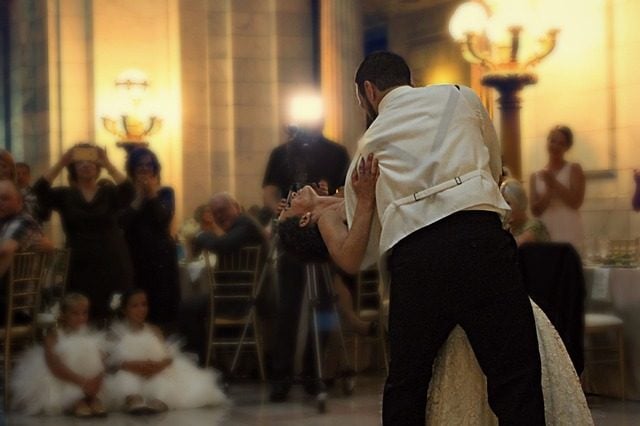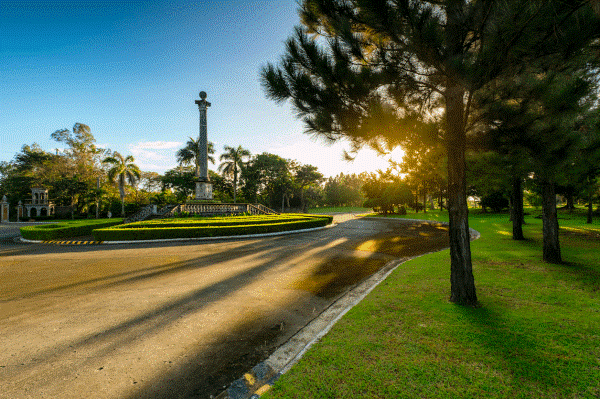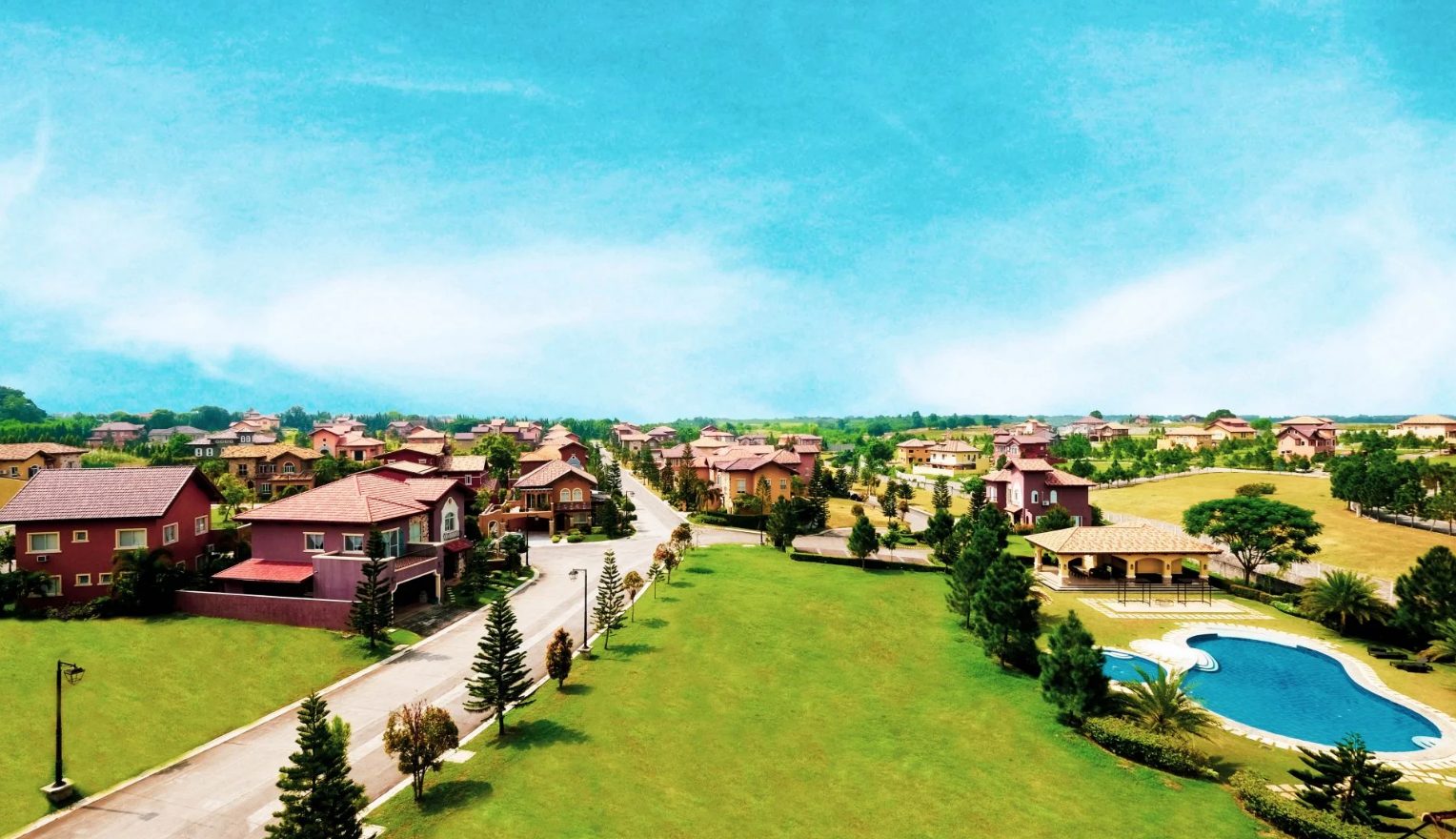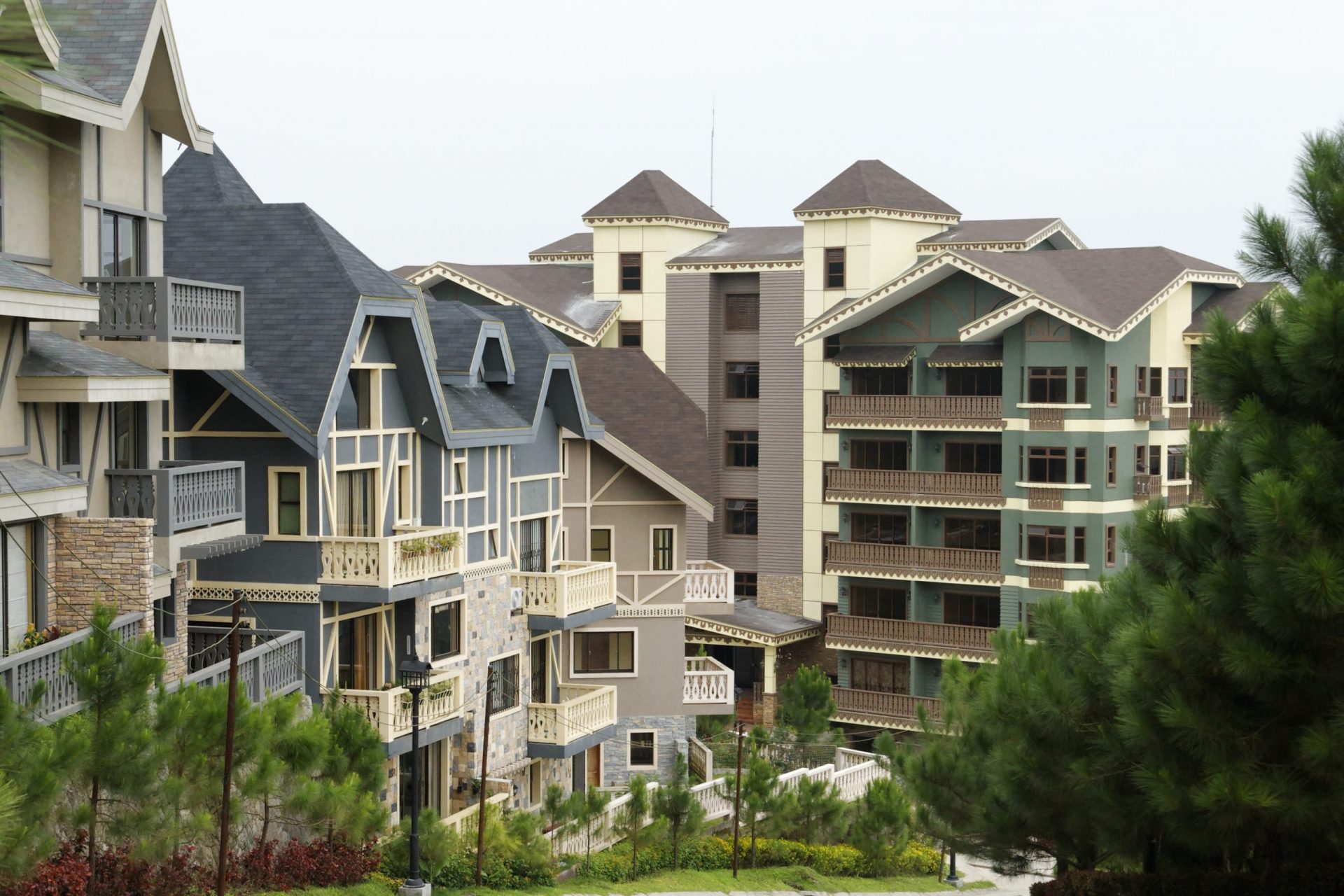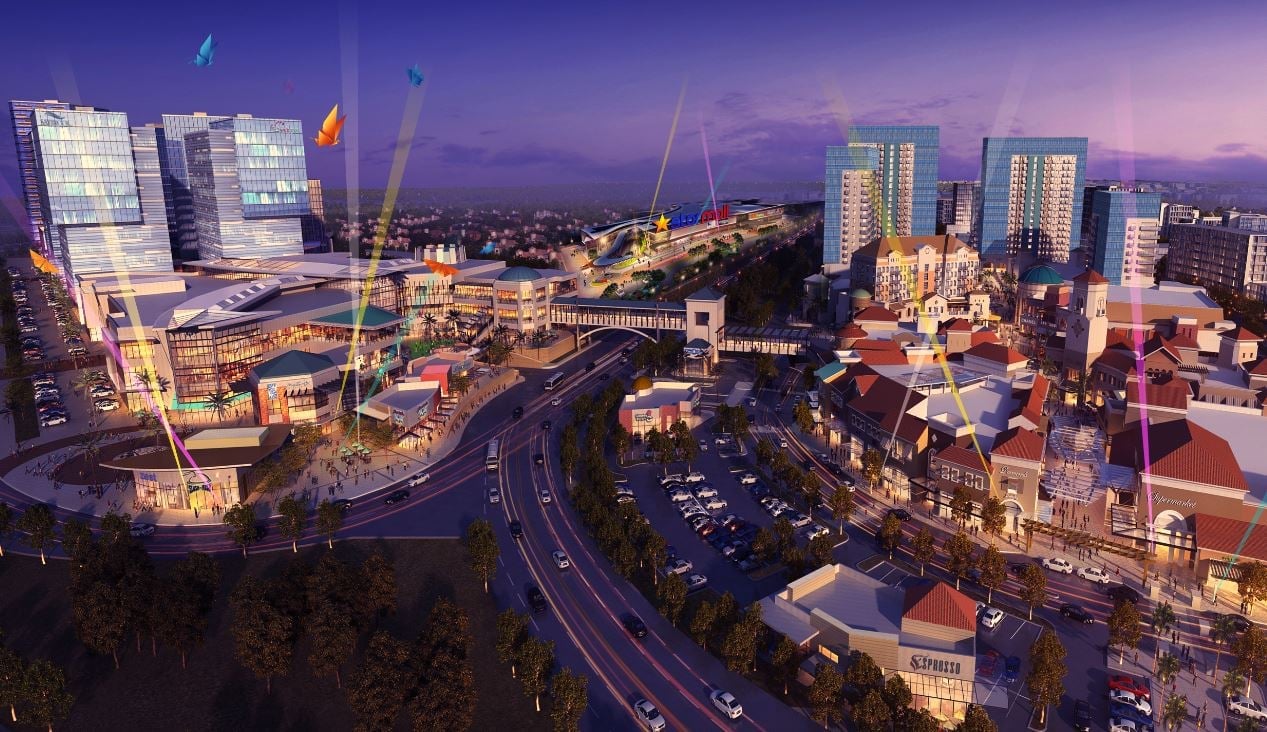BLOGS
Concrete Cost in the Philippines 2023
How much does an installation of concrete cost?
When pouring concrete slab, the average costs an average of 200,000 to 700,000 pesos. Making a large-scale or high-end project as an example, the cost estimate would be 2,100 pesos per square foot.
Table of Contents:
-
How much does an installation of concrete cost?
-
What materials make up concrete?
-
What is reinforced concrete?
-
What is a concrete slab?
-
Concrete per cubic yard average cost
-
How much does it cost to pour concrete?
-
Other things that add to concrete cost
Installing concrete is common and known to be used for different construction projects such as retaining walls, building a concrete foundation, walkways or driveways, and the like. It has various uses and can make any structure strong and stable. However, since mixing and installing concrete is quite complicated and crucial, it is important to consult a professional concrete installer to give you a detailed design and layout plan. They will also help you determine the purpose of the concrete structure and its dimensions, and obtain any necessary permits or approvals from local authorities.
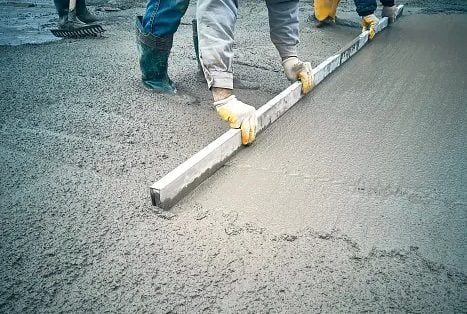
What materials make up concrete?
Cement
Cement is a fine powder that acts as the binding component of concrete. The most common type of cement used in concrete is Portland cement, which is made by heating a mixture of limestone, clay, and other materials to high temperatures in a kiln. There are various types of Portland cement (Type I, Type II, Type III), each designed for specific applications and conditions. The choice of the right type of cement and its proper use in construction projects can significantly impact the strength of the concrete and the durability and longevity of structures.
Aggregates
Aggregates are what make a cement. Those are the granular materials that could be sand, gravel, crushed natural stone, or a combination of all. It greatly contributes to the cement’s durability, strength, stability, and density. Aggregates can be categorized into two types:
-
Fine Aggregates
These are smaller particles, such as sand, and are used to fill the voids between the larger aggregates and cement particles.
-
Coarse Aggregates
These larger particles, such as gravel or crushed stone, provide the main structural support in concrete.
Water
The chemical reaction between cement and water, known as hydration, causes the mixture to harden and gain strength, resulting in a solid material that can be used in various construction applications. It should not be taken lightly because the water-cement ratio should be critically mixed as it affects the workability, strength, and durability of the concrete.
Reinforcement
Steel bars, wire mesh, or other forms of steel elements are used as reinforcement in reinforced concrete structures. Reinforcement provides tensile strength and helps resist forces that could cause cracking and failure in concrete.
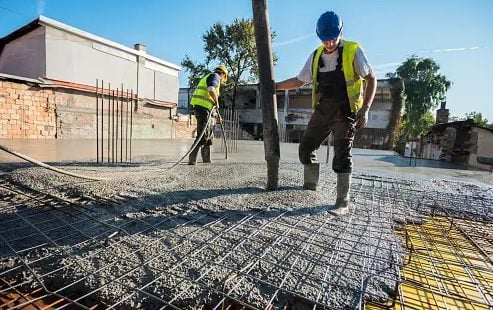
What is reinforced concrete?
Reinforced concrete is a versatile construction material used widely in building and infrastructure projects. It combines two primary components: concrete and reinforcement materials, typically steel, to create a composite material with enhanced structural strength and durability. Concrete is excellent in resisting compression but relatively weak in tension. By adding steel reinforcement, the composite material can withstand both compression and tension forces effectively. The steel reinforcement is strategically placed within the concrete to counteract tensile stresses, while the concrete protects the steel from corrosion and fire.
What is a concrete slab?
Concrete slabs play various roles and serve as the foundation or base for buildings and structures or as stand-alone surfaces in applications like concrete floors, pavements, walkways, patios, and more. They are designed to distribute the weight or load evenly over a given area and provide a stable and durable surface. A basic concrete slab is a flat, horizontal, and typically rectangular structure.
Types of Concrete Slabs:
-
Flat Concrete Slab
Flat slabs also known as plain concrete slab, is simple and do not have beams or girders. They are directly supported by columns or walls.
-
Slab-on Grade
This type of concrete slab is poured directly on the prepared soil underneath. It does not have any additional foundation but has a layer of gravel or insulation for moisture control and temperature regulation.
-
One-way and Two-way Slab
These two types of concrete slabs have beams to support them, the only difference is the number of supports. One-way slab has two beams or walls on opposite sides, which is typically designed to carry loads primarily in one direction. It is commonly applied to structures with long and narrow spaces like the corridors. While two-way slab is supported on all its four sides, which is designed to carry loads in both of the two directions. It is commonly used in columnar layouts like offices.
-
Composite Concrete Slab
A Composite Slab is a thicker concrete slab combined with a structural steel deck and rubber or wire mesh. This combination enhances load-bearing capacity and can be used in buildings requiring large open spaces such as garages, industrial facilities, and high-rise buildings.
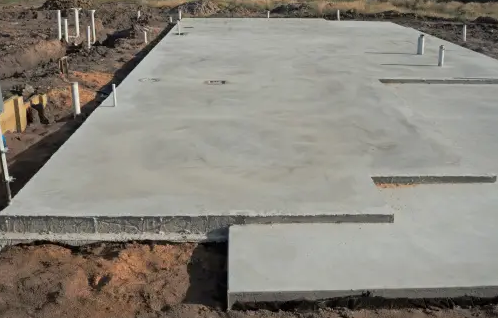
Concrete per cubic yard average cost
Concrete is one of the primary things you need to focus on in your home improvement project. Materials and labor costs are just primary factors to the concrete slab cost, you first need to determine the size of your project to have an estimated cost per cubic yard. Here is how to determine how much concrete you will need in your next landscaping projects.
The formula is this: Multiply the square footage of your area by the depth or height, then divide it by the standard number of cubic feet in a cubic yard which is 27.
Example of concrete cost calculation:
(25 x 25) x 4 = 2,500
2,500 27 = 92.60 cubic yard
This example is for patios which typically need to be about four inches deep. Concrete driveways should be around six inches deep to support the additional weight they will hold. Just a tip, when ordering concrete, it is always a good idea to round up in case you need more because of a mistake along the process. From the example given above, it is advisable to buy 93-94 cubic yards of concrete which would cost 440,000 pesos.
How much does it cost to pour concrete?
Whether your concrete project is for a driveway, a sidewalk, a patio, or any building structure, pouring concrete is the most critical process. It also takes a lot of process before proceeding to the pouring. Proper concrete pouring is essential to ensure the strength, durability, and appearance of the finished product.
Prior to leveling the ground, clearing up the site is important so all debris and obstacles should be removed. Hardscaping or concrete removal will also be required if there is old concrete. It might also be necessary to lay some sand or gravel. Future cracks in the concrete can be avoided with the aid of reinforcements. The mixing process of the concrete must be properly examined and ensure that the water-cement ratio is correct. For driveways and paths, wet concrete is better. As for vertical structures, drier cement is much better. Concrete mixes will then be poured and any patterning will be permanently embedded. This procedure can take a few days or longer, and it frequently calls for the assistance of several contractors. Among all these procedures, it is safe to say that labor cost greatly adds to the concrete cost.
You will have to prepare about 70,000 to 90,000 pesos for all the labor costs.
Find Well-Structured Properties at Brittany Corporation
Discover a wide selection of high-quality and meticulously maintained properties in the beautiful homes of Brittany.
Find well-structured concrete properties of Brittany Corporation as it is recognized as a trailblazer in the creation of luxury residential communities that feature exquisite homes embedded with unique elegance. Meet with our partner concrete contractors as well and have a professional concrete installation.
Suggested Read: Concrete Driveway Cost in the Philippines 2023
Suggested Read: Granite Countertops Cost in the Philippines
Suggested Read: Concrete Grades And Where To Use Them
Suggested Read: Driveway Trends of 2022
Suggested Read: Concrete Patio Cost



